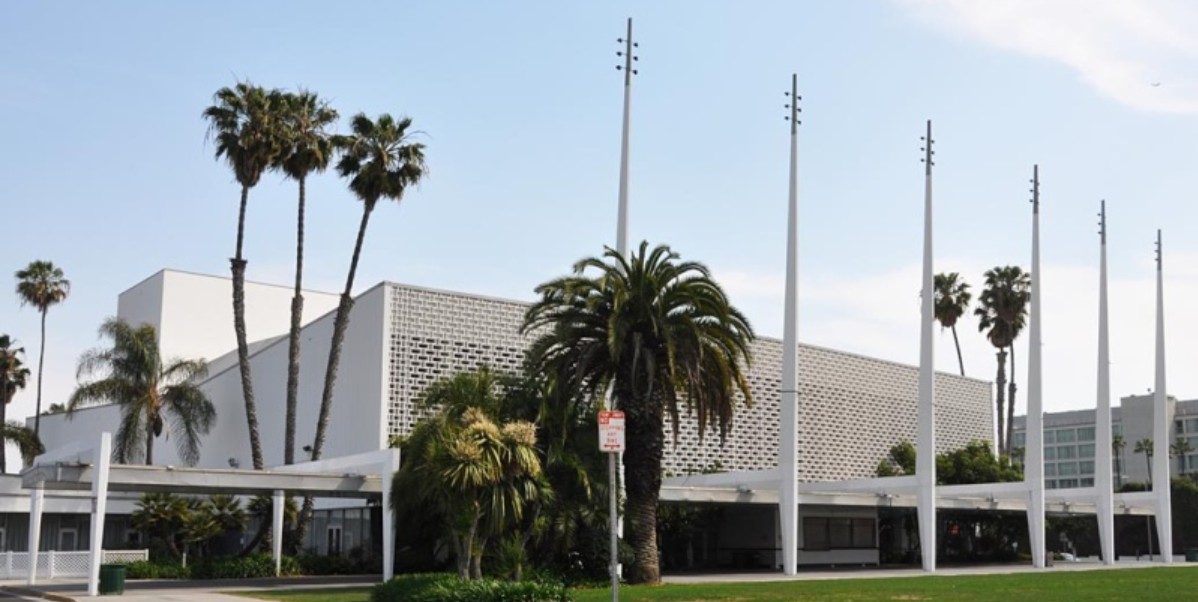
Just as Lady Liberty beckons the “huddled masses” of immigrants to America, cities like Santa Monica have an ethical obligation to provide housing for their own “huddled masses” of lower-income residents. We are experiencing a sense of urgency and pathos which is underscored by the lack of affordable housing options impacting real human lives and dignity. We witness this principle expressed with the state’s phalanx of “housing” mandates marching over its municipalities. Indeed, society’s most vulnerable people are being deprived of the fundamental need for shelter.
The essence of the Statue of Liberty’s famous inscription – “Give me your tired, your poor, your huddled masses yearning to breathe free” – rings hollow if we cannot provide roofs over those huddled masses’ heads in our own community. Unfortunately, forty years ago, America’s Executive Office created a homeless problem that became the affordable housing crisis we are witnessing today. That crisis has become our city’s moral imperative, one that current state led incentives and mandates have failed to adequately address. But be assured the sudden encouragement of development across the state did not come out of nowhere.
Although Santa Monica is in need of more housing, the city knows it is not possible to meet state mandates for 6,168 new affordable units by 2029. After all, affordable housing construction “by right” allows developers to build 90% market rate units while providing only 10% “affordable units.” This has generated a gold rush for national developers to flock to the city for its new ‘streamlined’ approach to easy approvals. Hence, the city finds itself entrapped in a contradiction with Sacramento policies that opened the door for real estate developers to reap lucrative profits, highlighting the moniker of ‘affordable housing’ construction. With existing ‘affordable’ mandates expiring in 2055, the city walks a tightrope between incentivizing developers and ensuring those incentives don’t devolve into profiteering and public giveaways. For example, developers are sponsoring a petition that would alter Santa Monica’s Measure GS transfer tax, and if the initiative is passed, will deny funds earmarked for low-income housing, homelessness prevention, and school improvements and send them directly into developer pockets. The point being that if lucrative new tax abatements and low-interest construction loan enticements are put on the table, they must be firmly tied to non-negotiable affordability requirements.
It is critical that incentives remain catalysts for affordable housing production, not just another corporate handout. When the math shows incentives failing to improve housing affordability, they must be expired swiftly to preserve public funds. Keep in mind the state’s housing narrative is largely achieved by defining affordability incorrectly as over-inflated growth in population and jobs, driving the wrong count on housing units the state needs for a “one size fits all” growth in its communities. Despite the state population being lower now than it was in 2016, legislators are requiring 2.5 million new homes by 2029, fueling a destructive supply and demand model that fails to address the true issue of income and wealth inequality, which we will address in a future article.
Moreover, it is crucial that the state regularly assess the effectiveness of housing programs and policies. When initiatives fail to deliver the promised results, such as increasing the supply of affordable housing or reducing homelessness, the state must be willing to acknowledge these shortcomings and take swift action to refine or replace them. Continuing to pour resources into ineffective programs is not only a waste of taxpayer money but also a disservice to the communities in need.
Yes, increasing the supply of housing remains an option, but it is insufficient on its own to meet both the complex challenges of housing affordability and equity. The state has yet to embrace the issues of wage stagnation, income inequality, and a rising cost of living as contributory to the housing affordability crisis. The state focus needs to include measures such as raising the minimum wage, expanding rent control tenant protections, helping to create pathways to economic mobility with investments in education and workforce development programs, and to ownership investment in the community. Which, of course, underscores the need for stringent oversight on affordable projects, like contractually binding affordability covenants and harsh penalties for violations, which are crucial. The city must protect itself over the long term by ensuring developers cannot conveniently take the upfront incentives and bonuses while reneging on affordability promises down the road.
Furthermore, the state should establish clear metrics and benchmarks for evaluating the success of its housing programs. These metrics should be transparent, data-driven, and focused on outcomes rather than mere outputs. Regular reporting and public disclosure of program performance can help hold the state accountable and ensure that resources are being allocated effectively. When programs consistently fail to meet benchmarks, it should trigger a mandatory review and reevaluation process, with input from local governments, housing advocates, and community stakeholders.
Presenting these arguments to the state to advocate for a more equitable and community-focused approach to housing policy will help Santa Monica and other cities build a more inclusive and sustainable housing system that prioritizes the needs of all residents, not just those with the most political and economic power. Such advocacy requires sustained efforts to challenge the status quo and to build coalitions of residents, advocates, and elected officials who are committed to creating an equality across California’s demographics. While this may not be an easy task, it is an essential one if we are to truly address the ongoing housing affordability crisis.
In addition, the state should foster a culture of continuous improvement and learning within its affordable housing agencies and departments. This means encouraging experimentation, innovation, and the piloting of new approaches while maintaining the will to quickly scale back or shut down initiatives that prove ineffective. By embracing a more agile and adaptive approach to policymaking, the state will better respond to the evolving needs and challenges of the affordability crisis.
Above all, continuous community vigilance and program reevaluations must occur to ensure these incentives remain catalysts for affordable housing production, not just another corporate handout. As Santa Monica embarks on this next chapter to address its housing affordability crisis, dynamic and aggressive policies pairing both carrots and sticks will spark tensions with developers. But the city must remain steadfast in upholding its ethical obligation to its own “huddled masses yearning to breathe free” from the oppression of housing insecurities.
The coming decades require both pragmatism and an unwavering commitment to housing as a human right worthy of society’s most aggressive advocacy, not through extreme or controversial state dictates but through collaborative efforts between the state, local governments, and community stakeholders. For how can we claim solidarity with the universal yearning for basic human dignity symbolized by the Statue of Liberty while turning a blind eye to the housing plights successive generations will face here in our state and cities?
Jack Hillbrand AIA, Architect
for SMa.r.t.
Send comments to santamonicasmart@gmail.com
Santa Monica Architects for a Responsible Tomorrow
Dan Jansenson, Architect & Building and Fire-Life Safety Commission; Robert H. Taylor AIA, Architect; Thane Roberts, Architect; Mario Fonda-Bonardi AIA, Architect; Samuel Tolkin Architect & Planning Commissioner; Michael Jolly, AIR-CRE; Marie Standing, Resident; Jack Hillbrand AIA, Architect
For previous articles, see www.santamonicaarch.wordpress.com/writing













